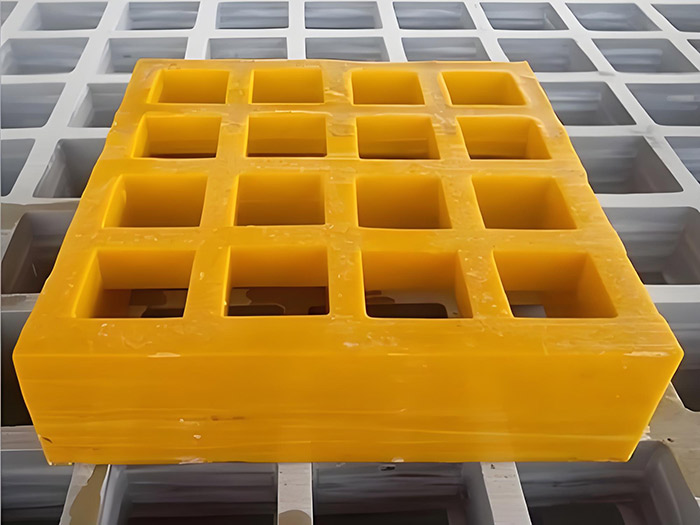FRP-Winkel für Lebensmittelverarbeitungsbetriebe: Verbesserte Haltbarkeit und Hygiene in industriellen Umgebungen
Food processing plants operate in demanding environments where equipment must withstand harsh conditions while maintaining high standards of hygiene. Traditional materials like concrete, steel, and stainless steel are often used, but they come with limitations such as corrosion, wear, and maintenance costs. Fiber-Reinforced Polymer (FRP) angles have emerged as a superior alternative, offering enhanced durability and hygiene. But what makes FRP angles ideal for food processing facilities? How do they address common challenges in this industry? Let’s explore these questions in detail.
Why Choose FRP Angles for Food Processing Plants?

Food processing plants face unique challenges, including exposure to moisture, chemicals, and extreme temperatures. These conditions can degrade materials quickly, leading to leaks, contamination, and costly repairs. FRP angles, however, are designed to resist corrosion, rust, and erosion, making them a long-term solution for industrial environments.
Key Benefits of FRP Angles:
- Durability: FRP angles are lightweight yet strong, capable of withstanding heavy loads and repetitive stress without deformation.
- Hygiene: Unlike traditional materials, FRP does not rust or harbor bacteria, ensuring compliance with food safety regulations.
- Chemical Resistance: FRP is resistant to acids, alkalis, and solvents, making it ideal for applications involving cleaning agents and food-grade substances.
- Low Maintenance: FRP angles require minimal upkeep, reducing operational costs and downtime.
Addressing Common Challenges in Food Processing
Corrosion and Rust
Many food processing plants use metal infrastructure, which deteriorates over time due to exposure to water and cleaning chemicals. FRP angles eliminate this issue, providing a corrosion-free surface that maintains its integrity for decades.
Hygiene and Sanitation
Food safety is critical in processing plants. FRP angles are non-porous and smooth, preventing the buildup of bacteria and making them easy to clean. This feature is essential for maintaining HACCP (Hazard Analysis and Critical Control Points) standards.
Weight and Installation
Heavy metal structures can strain building foundations and require extensive labor for installation. FRP angles are significantly lighter, simplifying transportation and assembly while reducing structural stress.
Real-World Applications of FRP Angles
Food processing plants use FRP angles in various applications, including:
– Structural Support: Reinforcing beams and columns in processing facilities.
– Flooring and Decking: Creating non-slip, chemical-resistant surfaces in wet areas.
– Equipment Housing: Protecting machinery from environmental damage.
– Ductwork and Piping: Ensuring durable and hygienic fluid transport.
Case Study:
A leading dairy processing plant replaced its rusted metal support beams with FRP angles. The transition reduced maintenance costs by 40% and improved hygiene standards, leading to better product quality and customer satisfaction.
Shareable Insights for Industry Professionals
If you’re involved in food processing plant design or maintenance, consider these tips:
– Evaluate Material Lifespan: FRP can last 3-5 times longer than traditional materials, offering better ROI.
– Focus on Hygiene: Choose materials that are easy to clean and non-contaminating.
– Consider Weight Savings: Lighter structures reduce installation time and structural load.
Schlussfolgerung
FRP angles are a game-changer for food processing plants, offering unmatched durability, hygiene, and cost-efficiency. By addressing common industry challenges, FRP provides a reliable solution for maintaining high-performance facilities. Whether you’re upgrading existing infrastructure or building a new plant, FRP angles are a smart investment for the future.
For more insights on industrial materials, follow industry blogs and consult with FRP specialists to optimize your facility’s design and operations.







